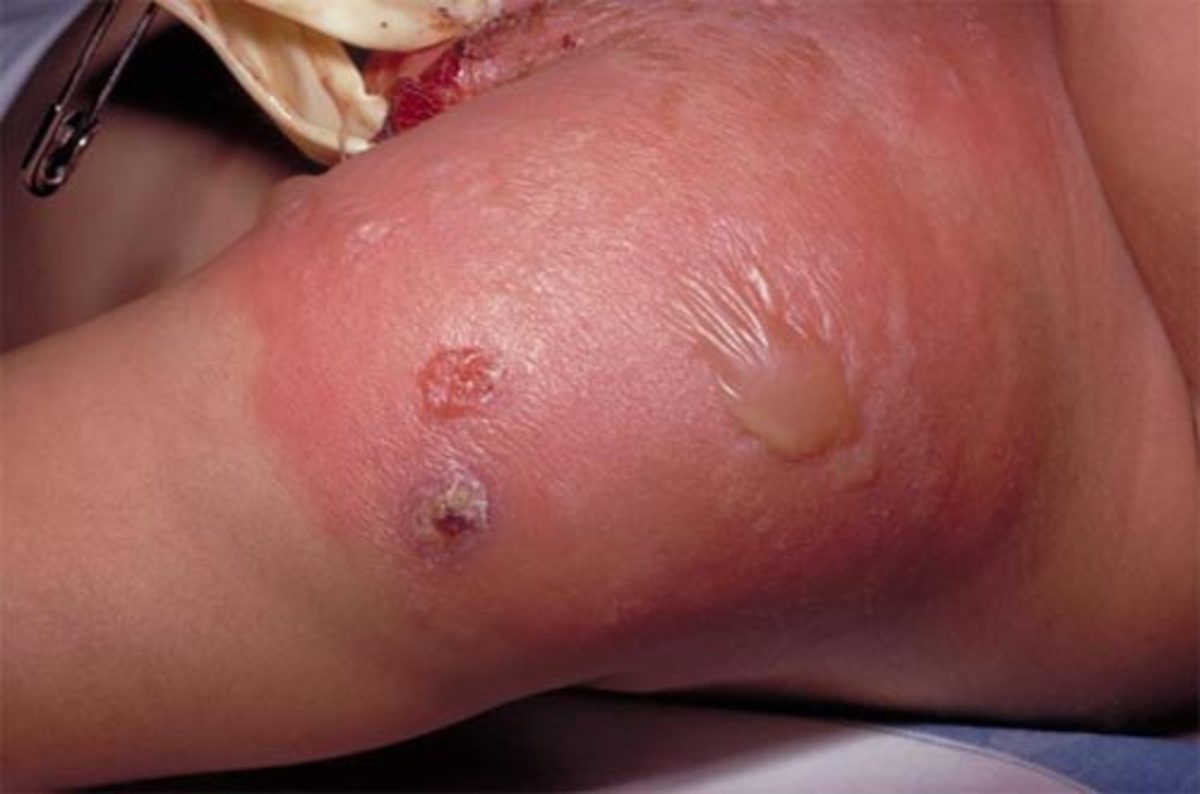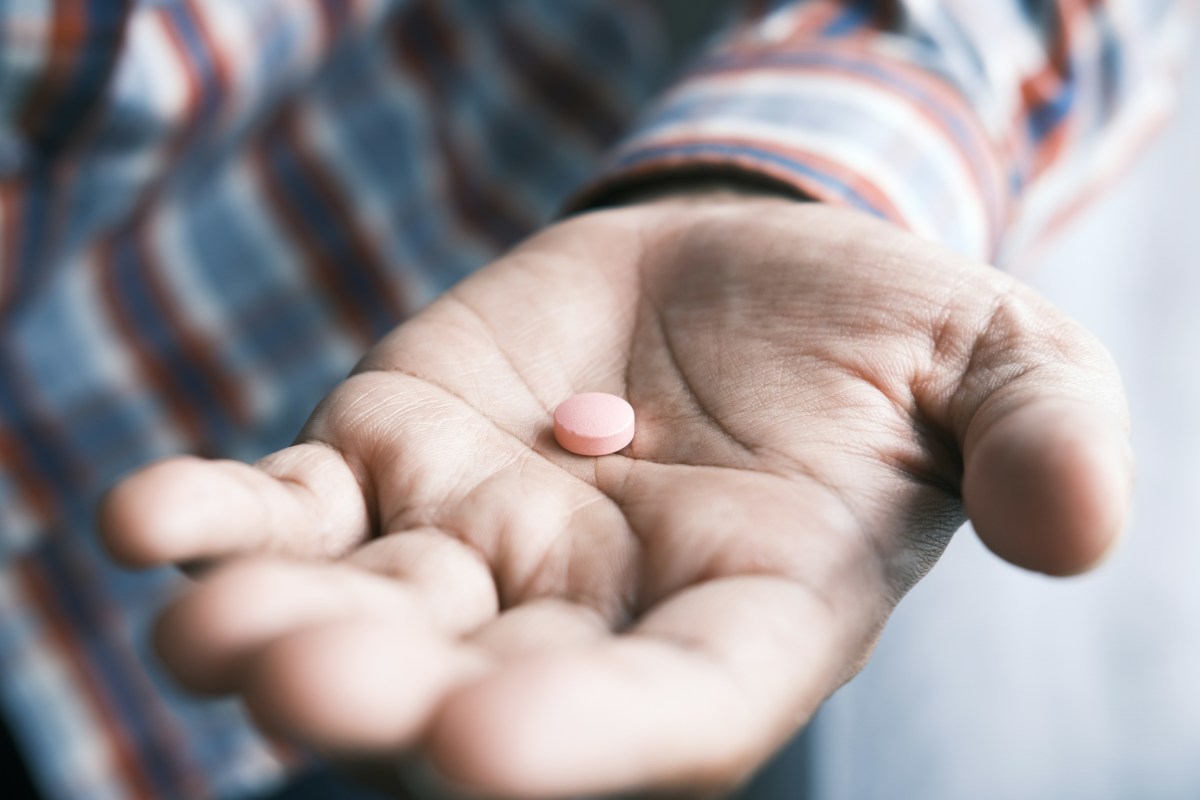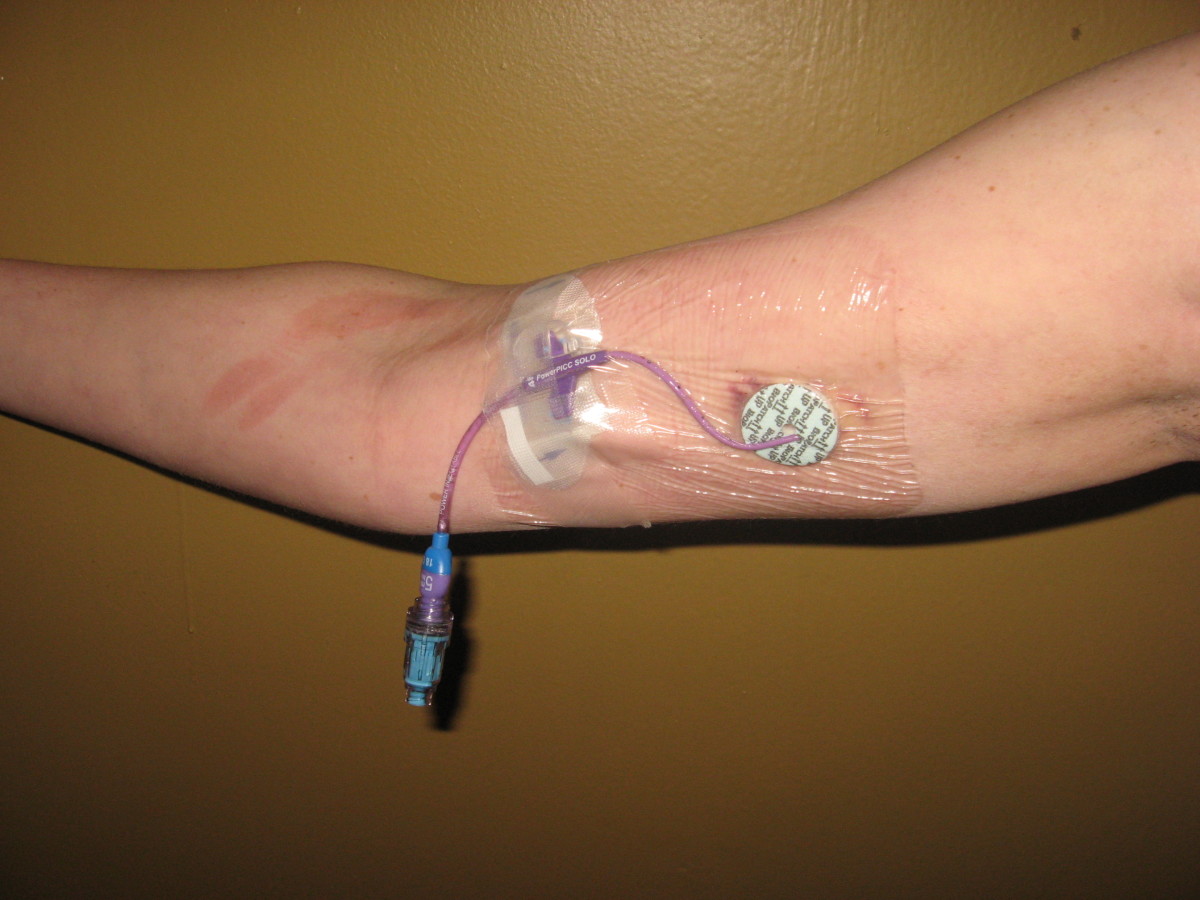Antibiotic Alternatives
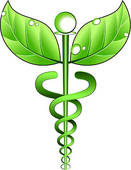
Echinacea and Golden-seal
I grew up with a very protective and somewhat paranoid mother who graced the doctors offices with often visits, always with children in toe. At one point she read my medical records, carefully looking around for onlookers. This was at a time prior to electronic note-taking, and she found the word hypochondriac next to the phrase: mother of child. This discovery, unfortunately did not cure her of the consistent worry she had for her children’s health. Bless her heart for wanting to be the doting mother she is, but she created an early dependence to antibiotics.
In the first eighteen years of life I probably consumed more prescribed medication then the average child, but even under normal circumstances antibiotics are disabling our immune systems and creating super bugs that antibiotics are not having any luck in curing. The antibiotics of today are no match for the super bugs decades of use and abuse, have created. It is not even what society has taken, it is also what the animals we eat have digested. “Eighty percent of antibiotics sold in the U.S. are given to food animals, often non-therapeutically to promote growth and to compensate for the effects of unsanitary and overcrowded conditions” (Moms for Antibiotic Awareness)
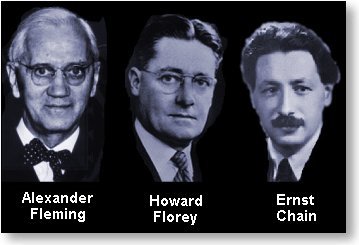
Penicillin Was Distributed for Public Use in 1930
There are many natural remedies that were used before antibiotics were developed. I am not promoting no antibiotics ever, but I believe that we owe it to ourselves and our children to look at all the facts, and try some alternative care solutions, before we run to the doctor’s office. The first antibiotics were made in the 1930’s. Although Penicillin was discovered by Alexander Fleming, it was Professor Howard Florey, and Dr. Ernst Chain that really refined and developed the Penicillin we use today. They did something miraculous, they found a cure to certain strains of bacteria that can be contributed to countless deaths in history. Even Fleming recognized, nearly seventy years ago the danger that could be. “The greatest possibility of evil in self-medication is the use of too small doses so that instead of clearing up infection the microbes are educated to resist penicillin and a host of penicillin-fast organisms is bred out which can be passed to other individuals and from them to others until they reach someone who gets a septicemia or pneumonia which penicillin cannot save" (Fleming, New York Times, 1945).
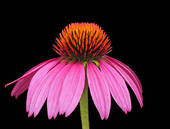
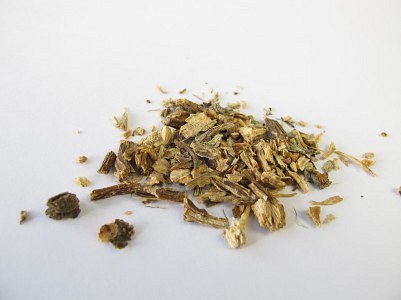

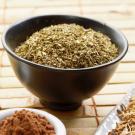
Balance is Key
The magic herbal combination for upper respiratory compromises are Echinacea and Golden-seal. Both of these herbal alternatives are not to be taken all the time. Too much of a good thing, is never a good idea. The important state of mind to remember is balance. Eat a balanced diet, drink plenty of water, if you able to live an active life style- do so, and treat the initial symptoms of the cold or flu with Echinacea and Goldenseal. You can administer Echinacea over a longer period of time.
“Echinacea is the purple Kansas cone-flower. It is a native American herb, from the plains states and grows to a lesser extent out to the east coast; for centuries, they were considered the best remedies available, for rattlesnake bites, infections, and colds and flu, by the native American Indians” (Hobbs, 1998).
Echinacea can be used to assist with fevers, cold/flu, and infections.
The recommended dose is every two hours until the symptoms end. After the symptoms subside take the Echinacea three times a day for seven days. People often notice symptom relief within hours.
“Golden-seal is a member of the buttercup family and has a bright yellow horizontal root or "rhizome" which is the part used in medicine; the plant was another favorite herb with the native people of America, according to early accounts from the diary of Lewis and Clark made on their trip to Oregon, Indian doctors used the root for infections and as a wash for any kind of eye irritation or infection” (Hobbs, 1998).
Golden-seal Protects and boosts your immune system. The recommended dosage is every two hours during the peak of the illness. If both Echinacea and Goldenseal are taken, take two parts Echinacea to one part Goldenseal. After three days, reduce the combination intake to three times a day for fourteen days.
Dosage and Study Results
Golden-seal can alleviate discomfort with colds/flu, pink eye, bladder infections, allergies, upper respiratory infections, sinus problems, and IBS (bowel issues). My two disclaimers are, do not take Echinacea and Golden-seal all the time (this is a personal opinion, some researchers will tell you that Echinacea in smaller dosages are effective with allergy relief and can be taken every day- do more research, and do not take Golden-seal if you are pregnant, or trying to conceive).
There is conflicting data on the dosage amount, I suggest additional research for specific situation’s. Some experts claim that during the acute part of the illness 300 mgs should be taken every two hours, up to 1600 mgs daily for 72 hours, followed with 300 mgs daily, three times a day for a week to ten days. “Echinacea and Goldenseal, when combined, turn into a dynamic combination that can be used as a wide spectrum antibiotic, antiviral, and antifungal as well as strengthening the entire immune system. (Audet, 2012).
You Should Also Check-out Miracle Tea
- Fight Bronchitis with Miracle Tea
No one likes to get sick, and more antibiotics are adding to the problem. Illnesses are becoming immune to medicine. After months of treatment of Bronchitis, that turned into Pneumonia, I went on a health quest, and discovered that there were natural
Reference
Moms for Antibiotic Awareness
- Antibiotics 1928 - 2000
The Real Millennium Bugs: Immune to antibiotics - Bacteria are becoming increasingly resistant to antiobiotics



